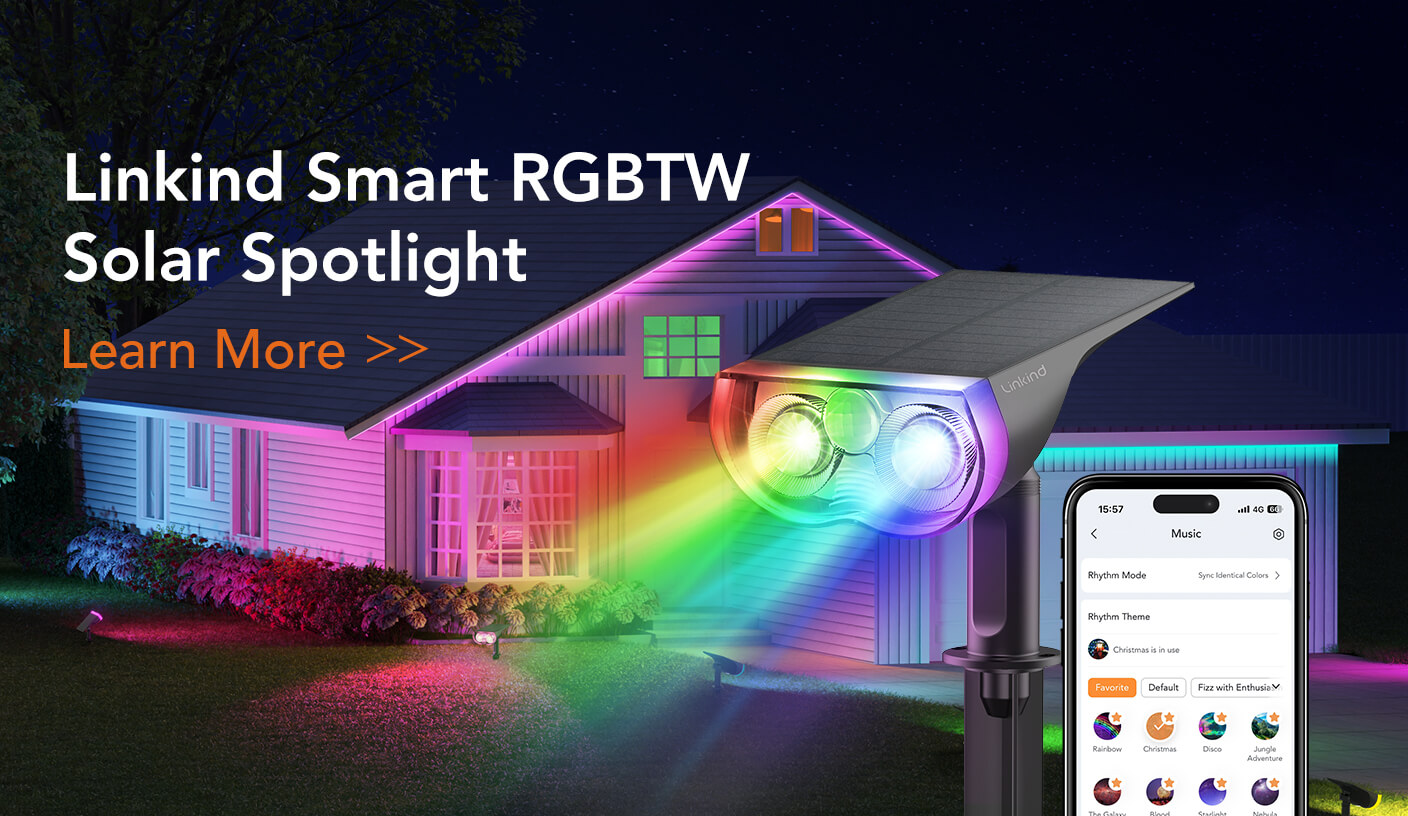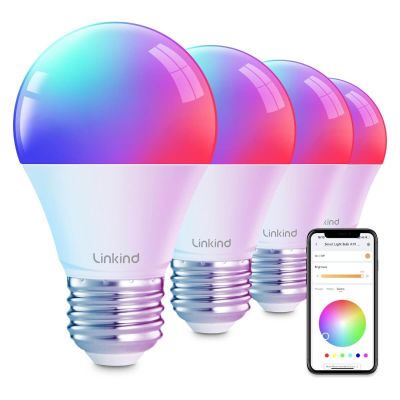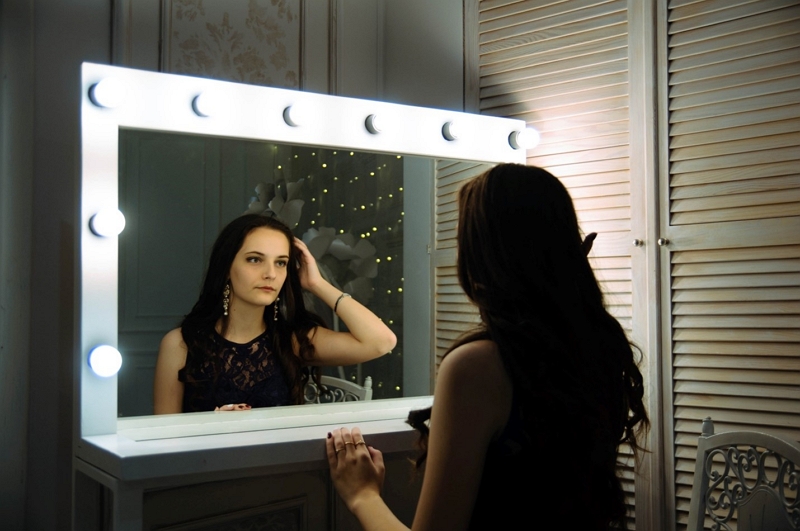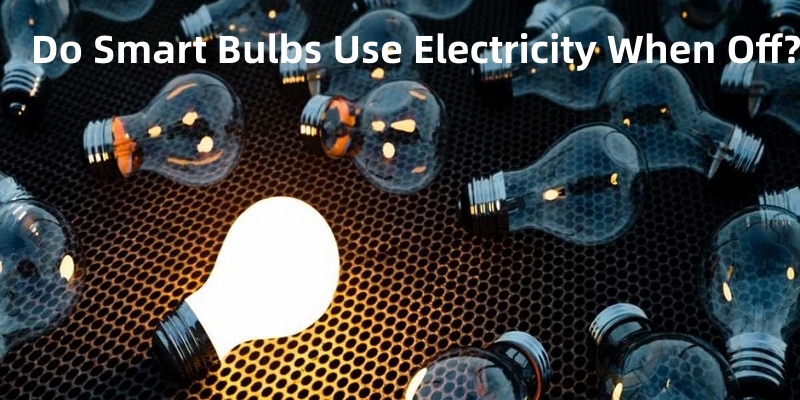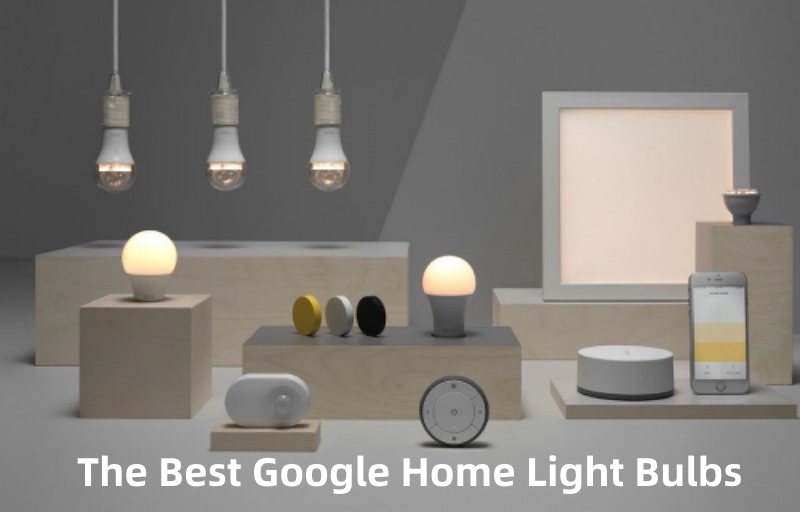Whether you are a student who needs to study or someone that just enjoys curling up with a good book, having the right lighting setup is important. In fact, you may not even realize that your current lighting may not be most efficient when it comes to creating the optimal environment for reading. Fortunately, changing your lighting is more convenient than ever thanks to high quality, multi-color LED lights. Let’s take a look at how light color can affect your reading and what is the best light color for reading.
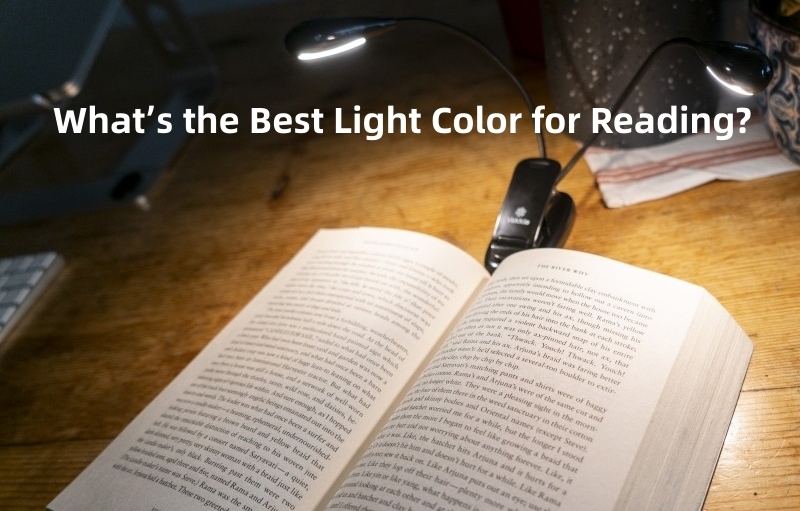

Part 1. How Important Is Using the Right Light for Reading?
Using the correct lighting for reading is critical for your enjoyment as well as your eyes. Fortunately, you don’t have to worry about negative long term effects on your eyes if you are using the wrong lighting. However, you will notice short term effects. Primarily, you can experience unpleasant and painful issues like eye strain and headaches.
These issues typically come from not having enough light or the optimal color of light. The reality is that most homes and apartments are underlit. There may be enough light for functioning but typically is not enough for tasks that require eye focus. This can result in your eyes getting tired more quickly, causing you pain or interfering with retention when studying.
A newer problem lies in the frequent use of digital devices for reading. You may not think that lighting is important if you are reading from a screen such as a tablet, e-reader, or smartphone. However, if your screen is brighter than the surrounding lighting, you can still experience eye strain, disorientation, and problems concentrating.


Part 2. What’s the Best Light Color for Reading During the Daytime?
The best light color for reading differs based on time of day. If you are reading during the daytime, you need a different color than you do during the night. Let’s start by discussing what kind of light you should choose during the day.
Surprisingly, studies have shown that there is actually another factor in play at this – the purpose of your daytime reading. In fact, the best light color for reading and studying is different. This may seem confusing, but we will explain.
When you are reading for pleasure, you should focus on lighting that is warm in nature. Warm lights are typically considered any with a color temperature below 3300 degrees Kelvin. This translates to colors ranging from red and orange to even yellow or a warm white. Many people report that yellow is the best color light for reading. If you have LED lights that can be changed to any color, you will likely find that red and orange are among the best LED light colors for reading.
However, if you are studying, you'd better opt for cooler lighting instead. Specifically, you need lights with a color temperature between 3600 and 6500 degrees Kelvin. At this point, light is going to be white, bluish, or cyan. If you only have traditional light bulbs, white lights will be the best light color for reading. If you do have LED bulbs, simply opt for a color with more hues of blue.
The reason for the difference lies in how the body reacts to the type of light. Blue light is emitted by the sun. Your body knows this and is used to it. Thus, your typical biological cycle associates blue light with being awake and alert. It helps you to focus and helps inhibit sleep. Thus, you will retain more if you study with cooler lights like white and blue. Meanwhile, warmer light colors (yellows and reds) send a signal to your body to relax, which makes warm light ideal when reading for pleasure.
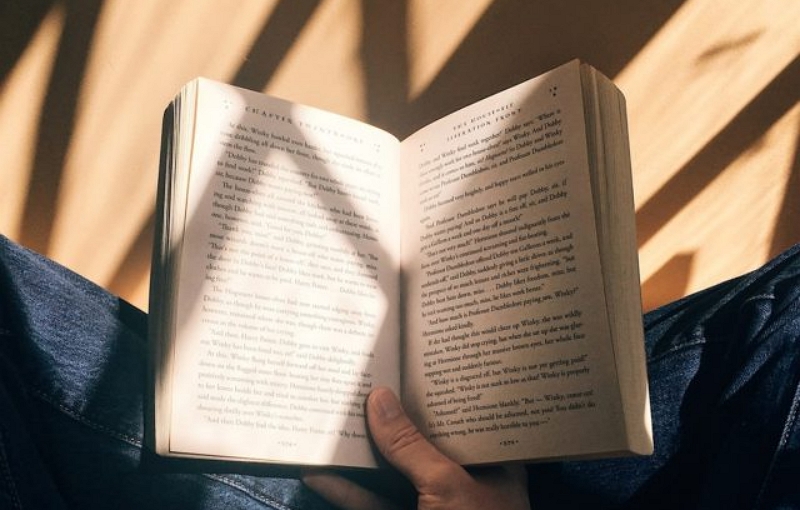

Part 3. What’s the Best Light Color for Reading at Night?
If you are used to reading at night, the answer is much more straightforward. During the evening and night, you need to have two specific goals in mind when it comes to reading. First, you want enough light so that you can prevent problems like eye strain and headaches. Secondly, you want to be sure that the lighting does not interfere with your sleep patterns.
Thus, the best light color for reading at night is warm lighting like reds, oranges, and yellows. You may have already figured out the reason for this. Like we noted, cooler light colors like blues and whites send a signal to your body to be awake. Reading with these colors at night can confuse your body’s natural rhythm, leading to sleep problems. You may have read about the importance of avoiding blue light during the evenings, which is due to the same reason.
In conclusion, warm lighting is the best light color for reading and studying at night. If you have traditional lights, you can use a warm yellow bulb. If you have LED lights that change colors, you may find that the best LED light color for reading at night is a deep orange or red.


Part 4. What Else Matters as Well?
As you can see, the color of light you select for reading is important. However, it isn’t the only factor to consider when trying to avoid eye strain. Here are some other factors to keep in mind when reading.
Brightness
Brightness is one of the most important factors when it comes to reading. You have to ensure that your area is bright enough to clearly read without tiring out your eyes. This is particularly important when reading on screens. LED lights are great for this because they tend to be brighter than traditional lights. If your environment isn’t bright enough, you’ll see a decrease in learning and retention.
Light Position
Another thing to consider is the position of your light. You want the light to be focused onto the page of your book, so it should not be located where a shadow is cast from your head as this interferes with the efficiency of the light. Task lighting such as reading lights can be useful. Strong overhead lights or bedside lamps with the right bulbs can work well too. You may think light position doesn’t matter with electronic devices since the screen is backlit. However, it is important that the area around your screen is well lit to prevent your eyes from tiring due to the high contrast.
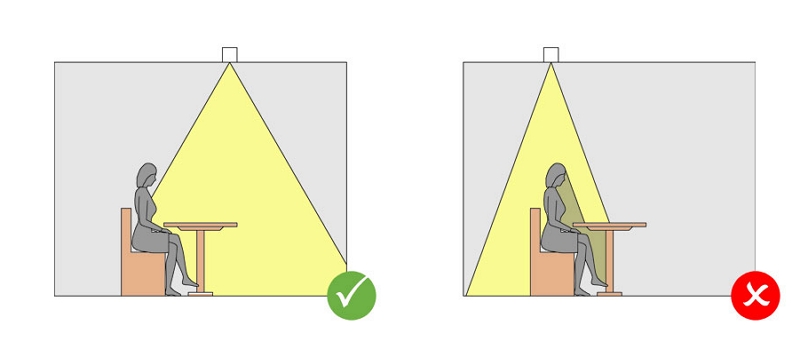

Lighting Type
The type of light you use can also benefit your reading. Most people find that LED lights are among the best lights for reading and studying. The reason is quite simple. Whether you are using warm or cool light, LED bulbs tend to give brighter lighting. Many types of LED lights can also change colors, allowing you to change your lighting based on time of day or purpose. This makes LED lights very convenient when it comes to reading.
Part 5. Check the Best LED Light for Reading
From the aforementioned content, it's clear LED light is a good choice for pleasant and efficient reading. If you're looking for an LED light for your reading, then the Aidot LED Desk Lamp with Clamp is undoubtedly the ideal candidate. With smart function and perfect design, this LED lamp makes learning easier, relieving the eyes and even helping you concentrate. Check the following shining points for more details:
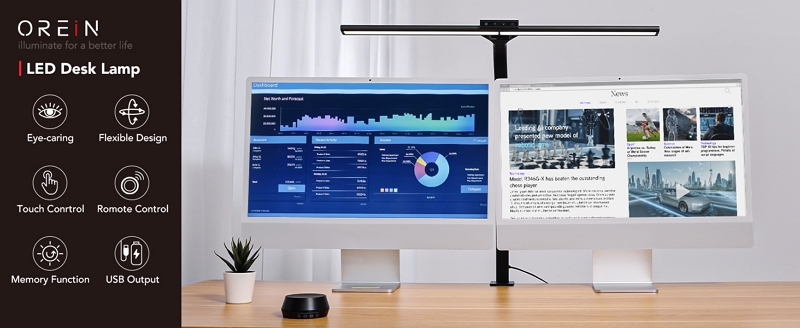

- Uniform brightness design; protect your eyesight and reduce eye strain; NO flickering, NO glare.
- Long bar design; great for all kinds of workstations and ideal for a multi-monitor workstation.
- Flexible gooseneck design; turn the dimmable desk lamp to any angle possible according to your needs.
- Support a tabletop thickness up to 2.9 inches and more; save space than stand-up desk lamps.
- Easily controlled by sensitive touch control and wireless remote controller: 5 color temperature modes (2700K-6000K), 7 Dimmable brightness levels (stepless dimming via remote control), 30-60-90-120 minutes auto off Timer, etc.
- Equipped with USB charging port; useful for charging your smartphone, ipad, tablet or other smart device.
[Bonus Now]: Here is an exclusive coupon code only found in blog posts. Save it now (AiDotBG01) and get 10% off at our AiDot mall!
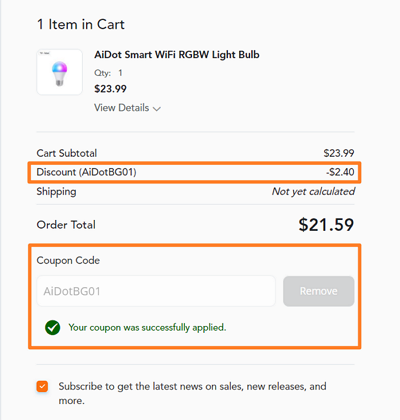

Conclusion
Light color, brightness, position, and type are all important things to consider when it comes to reading. Remember that the best light color for night are warm hues like orange and yellow. Meanwhile, pick your daytime light color based on your purpose. Warm hues are great when reading for pleasure. If studying or working, focus on cooler hues like whites and blues.













